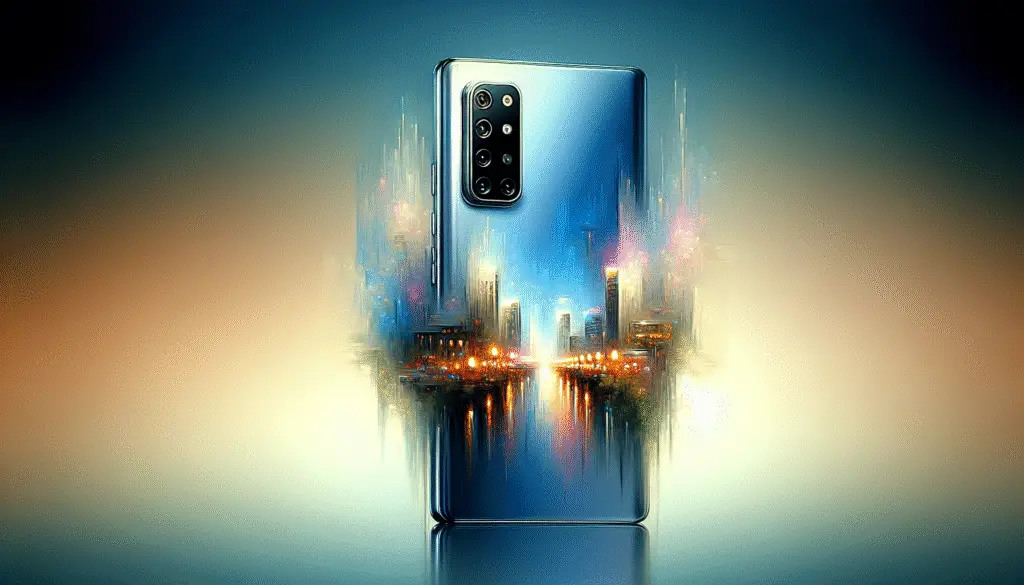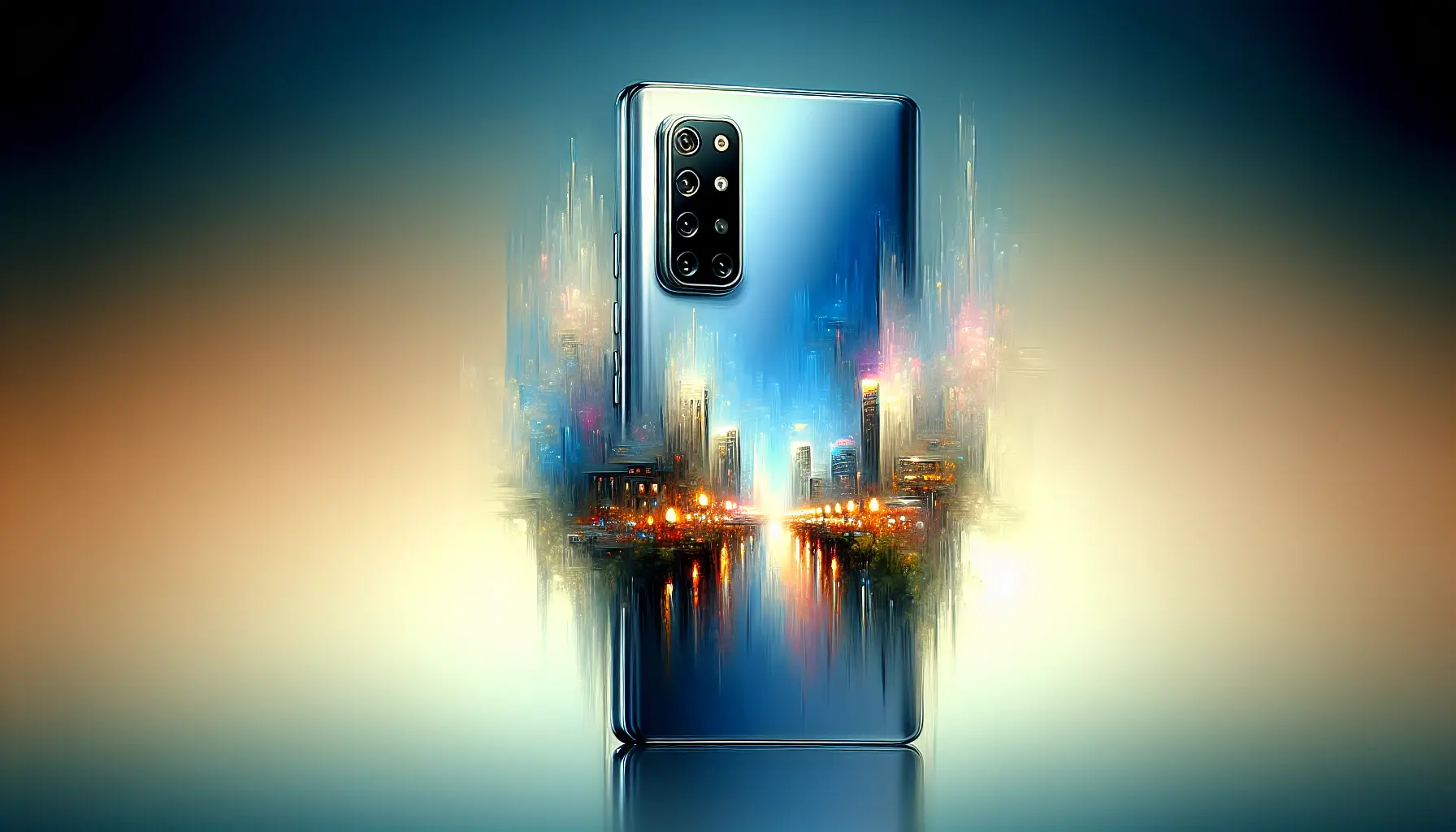Have you ever wondered which phone truly offers the best AI-powered camera? In an age where our devices are not just tools but extensions of ourselves, the quality of camera technology can make or break our satisfaction with a smartphone. As we navigate through 2025, it’s more important than ever to consider how these cameras are being enhanced by artificial intelligence.
Understanding AI in Smartphone Cameras
Artificial intelligence has transformed how we take pictures. Gone are the days of simply point-and-click; now, our phones can assist us in achieving the kind of photos we used to think only professional photographers could capture.
AI technology in cameras utilizes machine learning algorithms to analyze scenes and instantly make adjustments such as exposure, white balance, and focus. This can dramatically improve our photos, making them sharper and more vibrant, even in challenging conditions.
The Role of AI in Photography
Let’s break down what AI can do. Our smartphones are now equipped with sensors that can detect multiple elements within a scene. Whether it’s identifying faces, recognizing landscapes, or understanding the difference between day and night, AI helps us snap the ideal shot.
Imagine taking a picture of a sunset. With AI, the camera knows to enhance the warm hues and balance the shadows, ensuring the photo captures the beauty we see with our own eyes. This technology streamlines our photography and empowers us to express our creativity without needing to master technical skills.
The Current Landscape of AI Cameras in Phones
It’s no secret that major phone manufacturers are constantly vying for the crown of having the best camera. As we take a look at 2025, several players are leading the charge with cutting-edge technology.
- Apple
- Samsung
- Huawei
- OnePlus
Each of these brands has made significant strides in AI camera technology, and their latest models are redefining what we can expect from our smartphones.
Apple’s AI Innovations
Apple has always positioned itself as a premium brand, and its AI-powered camera is no exception. Their latest model includes improved night mode features and real-time image adjustments that make our photos stunning right out of the camera.
One standout feature is the Photonic Engine, which leverages machine learning to enhance details in low-light settings. It takes multiple exposures and combines them, enriching our images in ways that would have required professional editing tools just a few years ago.
Samsung’s Advancements
On the other hand, Samsung has integrated AI in a multitude of ways across its Galaxy series. With features like Single Take, it can capture multiple photos and videos simultaneously, giving us an array of options without any extra effort.
Their Smart HDR technology intelligently adjusts lighting and contrast, making our selfies and group shots pop. Samsung continues to innovate, aiming to provide versatile photography experiences tailored to our specific needs.

Google: Masters of Computational Photography
Google’s approach to AI camera technology relies on computational photography—a fancy way of saying they use software algorithms to enhance photos. The Pixel series has been a game-changer in this arena.
One of our favorite features is Magic Eraser, which lets us remove unwanted distractions from our images seamlessly. It’s like having a mini photo studio built right into our phone, allowing us to focus on the moments that truly matter.
Huawei’s Unique Take
Huawei doesn’t shy away from redefining the photography game with its P series, focusing heavily on AI capabilities. Their collaboration with Leica has emphasized not just quantity but quality, producing exceptional photographs.
With AI Portrait Enhancement, Huawei helps us capture subjects in their best light, automatically adjusting settings to flatter the features of the person in the frame. It’s this attention to detail that makes Huawei a worthy contender in the AI camera space.
OnePlus: The Up-and-Comer
OnePlus may not have the same legacy as the giants, but their latest camera systems are impressively competitive. With features like Nightscape, they are making strides to improve low-light photography.
OnePlus leverages AI to enhance color accuracy, making our day and night shots look realistic and vibrant. While they may not be as established, the rapidly improving technology suggests they could soon be leading the pack.
Comparing Key Specifications
We need to take a closer look at the specifications that potentially make or break the cameras in the smartphones we’re considering. Each device comes with its unique blend of hardware and software that enhances its camera capabilities.
| Feature | Apple | Samsung | Huawei | OnePlus | |
|---|---|---|---|---|---|
| Megapixels | 48 MP | 108 MP | 50 MP | 64 MP | 50 MP |
| Night Mode | Yes (Photonic Engine) | Yes (Smart Night Mode) | Yes (Night Sight) | Yes (AI Night Mode) | Yes (Nightscape) |
| AI Features | Photonic Engine, Smart HDR | Single Take, Smart HDR | Magic Eraser, Real Tone | AI Portrait Enhancement | Superfast HDR |
| Video Capabilities | 4K up to 60fps | 8K up to 30fps | 4K up to 60fps | 4K up to 60fps | 4K up to 30fps |
| Price Range | $999-$1,199 | $799-$1,199 | $699-$899 | $899-$1,199 | $699-$799 |
This table highlights how significant details can shape our preferences when deciding on a smartphone. Each brand has its strengths and weaknesses, and it becomes evident how AI-powered features can elevate the ordinary into the extraordinary over time.

Real-World Scenarios: What Makes a Great AI Camera?
While specs tell part of the story, it’s essential to recognize how these AI features perform in real-world conditions. Let’s look at some common scenarios to see how these cameras hold up.
Low-Light Photography
Taking photos in low-light conditions can often be a daunting task. With the AI camera of our chosen smartphone, we can quickly tell the difference.
Apple’s Photonic Engine helps us capture images with great detail, even in dim environments. Similarly, Google’s Night Sight can produce images where we can almost feel the ambiance of the moment. These features make both phones contenders.
Portrait Shots
When we take portraits, lighting and focus are paramount. Huawei’s AI Portrait Enhancement takes this to heart, automatically softening backgrounds and enhancing colors for a dreamy effect.
OnePlus also holds its own with its ability to capture depth and detail, ensuring the subject stands out against a blurred background. It’s delightful to see how accessible great portraiture has become.
Snap and Share: Everyday Use
In today’s fast-paced world, snap-and-share capabilities matter more than ever. Samsung’s Single Take feature allows us to capture multiple moments with just one press. Thumbnails can be chosen later, simplifying our workflow considerably.
On the other hand, Google’s Magic Eraser can come in handy, letting us remove that random pedestrian who walked through our shot. These features reflect the necessity of efficiency without compromising quality in our daily lives.
Looking Ahead: The Future of AI in Smartphone Cameras
As we embrace the advancements in AI technology, what can we expect from the future? Changes are unfolding rapidly, and staying informed can help us make the best choices for our needs.
AI Learning and Adaptation
We’re likely to see further enhancements where cameras become more intuitive to our habits and styles. Imagine a camera that learns our preferred settings for different environments—whether we love to shoot landscapes or portraits definitely seems achievable.
Seamless Integration with Photography Apps
There’s potential for smartphones to have integrated editing tools that use AI to automatically suggest adjustments and enhance images even further. This could bridge the gap between casual photographers and those who take their craft seriously.
The Impact of Augmented Reality
As augmented reality (AR) continues to develop, we may soon find AI-enhanced cameras that leverage AR to create stunning effects in real-time. Imagine being able to add filters or effects as we capture our photos, transforming our shared experiences into something extraordinary.
Conclusion: Choosing the Right Smartphone for You
Ultimately, choosing the best AI-powered camera phone comes down to our individual preferences and needs. Each brand offers unique features that cater to different types of photography.
So, as we consider our options in 2025, we should reflect on what matters most to us. Whether it’s low-light performance, snap-and-share capabilities, or sophisticated editing tools, finding the perfect phone may feel less overwhelming with these advancements in AI technology.
In the ever-evolving world of smartphone cameras, staying informed allows us to make better decisions and capture the moments that matter most. In this grand canvas of innovation, our smartphones will continue to evolve, enhancing the beauty of the world through our lens. So, which phone will we choose? The choice is ours to make, and it’s an exciting time to be a photography enthusiast with the right tools at our fingertips.

